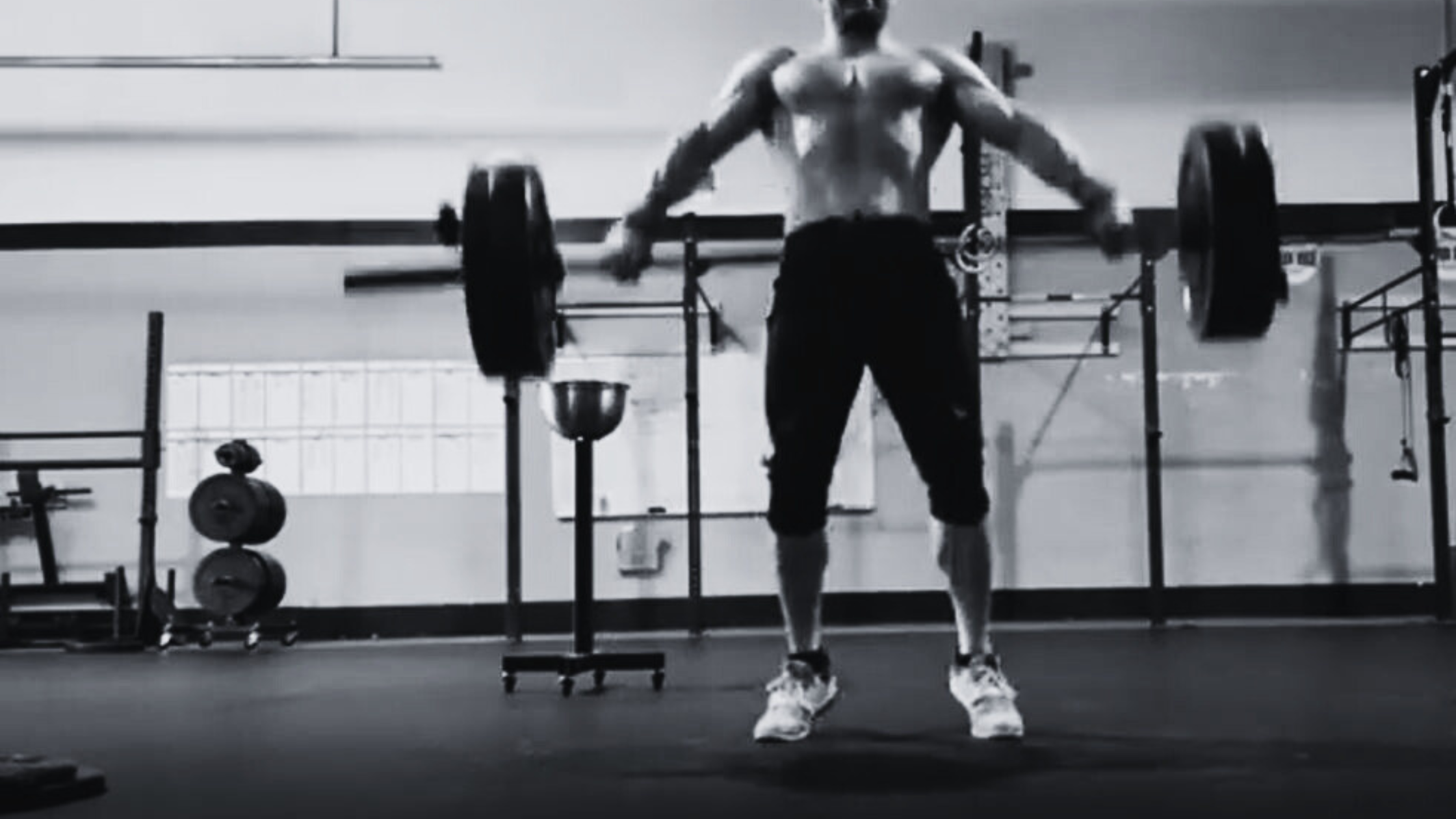Optimizing Wrestling Endurance With Interval Training

Strategic Energy System Utilization
Interval training remains a cornerstone in athletic performance enhancement, owing much of its effectiveness to the understanding and application of the body's complex energy systems. This article focuses on harnessing the power of the three core energy systems – the Phosphagen, Glycolytic, and Oxidative Systems – within the context of interval training. By scrutinizing the functions of these systems in different intervals, we lay the groundwork for refining training routines, managing energy resources more efficiently, and improving recovery rates.
-
Phosphagen System (also known as the ATP-CP system): This is the body's fastest energy system, capable of producing ATP almost instantaneously. It uses stores of ATP and creatine phosphate (CP) in the muscles to fuel high-intensity, short-duration activities lasting about 10 seconds or less, such as a 100-meter sprint or a maximum weight lift. However, because the stores of ATP and CP in the muscles are limited, this system gets exhausted rapidly. It is predominantly anaerobic, meaning it operates without the need for oxygen.
-
Glycolytic System (also known as the Anaerobic Glycolysis system): This system breaks down stored glycogen (or glucose in the blood) to produce ATP, a process called glycolysis. This system is also anaerobic and can rapidly produce a moderate amount of ATP. However, it also produces lactate as a byproduct, which can lead to muscle fatigue if it accumulates faster than it can be removed. The glycolytic system typically fuels high-intensity activities lasting from about 10 seconds to up to 2 minutes.
-
Oxidative System (also known as the Aerobic system): This is the body's primary energy system for low- to moderate-intensity activities that last beyond 2 minutes. It uses oxygen to break down carbohydrates, fats, and, to a lesser extent, proteins to produce ATP. This process involves several steps, including glycolysis, the Krebs cycle, and the electron transport chain. Although the aerobic system takes longer to produce ATP than the other two systems, it can do so for a prolonged period, making it the main energy source for endurance activities.
Now, why are these energy systems important for athletes?
Understanding and training the right energy systems can significantly improve athletic performance. Different sports and activities require different energy systems. For instance, sprinters and weightlifters rely heavily on the phosphagen system, middle-distance runners (400-800m) use a mix of the glycolytic and oxidative systems, while long-distance runners primarily use the aerobic system. Wrestlers use all 3 energy pathways all the time.
Strategizing energy use is crucial in many sports. For instance, an athlete might need to conserve their ATP-CP and glycogen stores for a final sprint at the end of a race or in a wrestler's case for full speed scrambles. Understanding the energy systems can help athletes and coaches make such strategies.
Training specific energy systems can lead to adaptations that enhance performance. For example, high-intensity interval training (HIIT) can improve the efficiency of the glycolytic system and increase the anaerobic threshold (the intensity level at which lactic acid starts to accumulate in the blood). Long-duration, low- to moderate-intensity training can improve the efficiency of the oxidative system, enhancing endurance.
Nutrition strategies are also linked to the energy systems. Athletes often use dietary strategies to optimize the fuel available for each energy system. For instance, carbohydrate loading can replenish glycogen stores, potentially benefiting activities that rely on the glycolytic and aerobic systems. Where as creatine loading can help replenish creatine stores and ensure the phosphagen system is ready to go.
Understanding the "Work : Rest" Ratios
The work:rest ratio you choose for interval training can significantly impact the physiological responses and adaptations that occur. Here's a deeper look at each ratio and the scientific basis for how they work:
1:1 Ratio
In this scenario, the duration of work is equal to the duration of recovery. For example, 30 seconds of intense effort followed by 30 seconds of rest. This ratio allows for near-full recovery, which is important for maintaining high-intensity efforts during each work period. It primarily stresses the glycolytic system (anaerobic system), which breaks down glucose for energy when oxygen is scarce.
A common method I use to implement a this ratio is by watching a running clock and timing the first round of a conditioner. However long the first round takes becomes your rest. For example:
5 Rounds (1:1, W:R)
10 Power Clean and Jerks 135lbs
15 Cals on Assualt Runner
Rest
- Complete each round as fast as possible. If the first round takes 1:30, then rest for 1:30 between rounds. Feel free to round up or down a few seconds to make the math easier.
Over time, training with a 1:1 work:rest ratio can lead to various adaptations, including increased anaerobic threshold and improved efficiency in anaerobic energy production. This can translate into improved performance in sports and activities that require sustained high-intensity efforts.
2:1 Ratio
Here, the work period is twice as long as the rest period. For instance, one might do 1 minute of high-intensity work followed by 30 seconds of rest. This ratio is more challenging because the rest period is shorter, limiting recovery, therefore this one will hurt the lungs the most and be very difficult to maintain the same intensity round after round. As such, it stresses both the anaerobic and aerobic systems, leading to adaptations in both energy pathways, enhancing the ability to maintain high-intensity efforts for longer. It can also help improve the efficiency of oxygen usage, leading to improvements in VO2 max (the maximum amount of oxygen the body can utilize during intense exercise).
The most famous example of this ratio is the Tabata protocal. Which is 20 seconds of work followed by 10 seconds of rest for 8 rounds. Typically you want to use one full body movement for all 8 rounds like burpees, airbike, rower, snatches or cleans.
1:2 Ratio
This ratio is used with repeats(when you want each round to be the same speed), with the rest period being twice as long as the work period. It can be used by beginners or in sports-specific training where the nature of the sport involves bursts of high-intensity effort followed by longer periods of low-intensity effort. This ratio primarily stresses the phosphagen system (another anaerobic system), which provides energy for short, intense bursts of effort.
Training with a 1:2 work:rest ratio can lead to adaptations such as increased phosphocreatine stores and improved power output. This can enhance performance in sports and activities that require short, explosive movements.
A typical example are 8x400m repeats on the track. Say it takes you 1:10 to run a 400m, you would rest for 2:20. The goal is to be able to eventually run all 8 laps at 1:10 with the 2:20 rest, if you cannot. Then progressively shrink the rest period week after week until you can run 1:10 laps consecutively with no rest. You can use this method with any conditioner you prefer.
1:3 or 1:4 Ratios
These ratios are used in training programs designed to improve anaerobic power or speed, like sprints and heavy lifts. The long rest periods allow for almost complete recovery, which is crucial when the goal is to maximize speed or power during each work period.
Such ratios stimulate the phosphagen system extensively. Adaptations from this training can include an increased ability to regenerate ATP quickly, which can improve performance in high-power, short-duration activities.
"Macho Man" is an example of this ratio. This is an extremely challenging workout that will test your ability to bounce back between sets and continue to generate high levels of power.
Every minute on the minute for 20 minutes complete this complex:
3 Power Cleans
3 Front Squats
3 Push Jerks
*This complex will take about 15 to 20 seconds to complete. This will give you 40 seconds of rest, which is a 1:3 ratio. Use the heaviest weight possible, but make sure you can complete all 9 reps unbroken almost every round. If you have to take small breaks mid complex in the last few rounds or so, that is fine as long as you complete the complex within the minute. Keep progressing the weights week after week by small increments. A good general starting point is 50% of your body weight. Than work up from there.
How Wrestlers Can Maximize Work Capacity For A 6 Minute Match
Wrestlers, both at the high school and college level, often face the challenge of maximizing work capacity for an entire match.
A time frame like 6 minutes, is long enough to put a heavy demand on the aerobic energy system. However, the wrestler is constantly changing gears throughout the match depending on the position, and will need to use max strength and max speed as frequently throughout. Which means the anaerobic energy sytem has to be highly trained also.
This does not mean we have to isolate and train each energy system individually. This would be extremely time consuming. It would also not be sport specific to the wrestler. Instead of segmenting training into a lifting session, and then a "cardio" session, it is a good idea to combine the two into a conditioner. For example:
3 Rounds for time
Run 400m
25 GHD Sit-Ups
5 Deadlifts 405lbs
These types of workouts produce an extremely important adaptation to a wrestler. The ability to produce high end strength while the cardiorespiratory system is taxed.
The Power of the 1:1 Work-to-Rest Ratio
A key aspect of improving your performance in the ring is the implementation of a solid work-to-rest ratio. A good starting point for wrestlers is the 1:1 ratio. This allows for a substantial amount of recovery and helps an athlete maintain a high intensity of work throughout the full 6 minutes.
In practice, this might mean alternating between 1 minute of intense work and 1 minute of rest, repeated three times. The "work" period should be challenging but sustainable, while the "rest" period can involve either complete rest or low-intensity activity. For Example:
3 Rounds (1 minute max effort each)
Burpees
Rest 1 minute
Cals on Rower
Rest 1 minute
Cals on Runner
Rest 1 minute
Customizing Your Training Regime
Bear in mind, though, that this 1:1 ratio is just a starting point. Each wrestler is unique, and the optimal work:rest ratio can vary based on your specific sport, training background, and individual physiology. Therefore, it's essential to regularly monitor your performance and adjust the work:rest ratio as needed, based on how you respond to the training.
Moreover, in wrestling, like in many other sports, the ability to recover quickly between bursts of effort is crucial. Therefore, while it's important to train for the specific time domain of the sport (6 minutes, in this case), incorporating shorter work:rest intervals (like 2:1 or even 3:1) into your training will be beneficial to enhance recovery between efforts.
Here is a strategy for balancing the different interval ratios and total time domains a wrestler needs. Make sure throughout the week and training cycles you are alternating between high speed, medium speed, and slow speed conditioners. Also alternate between short (5 minutes or less), medium (about 15 minutes), and long (over 20 minutes) conditioners. And finally, alternate between light (less the 60% of max), medium (60% to 80% of max), and heavy (over 80%) lifts. Constantly varying these parameters will make sure wrestler's have the balanced engine they need.

